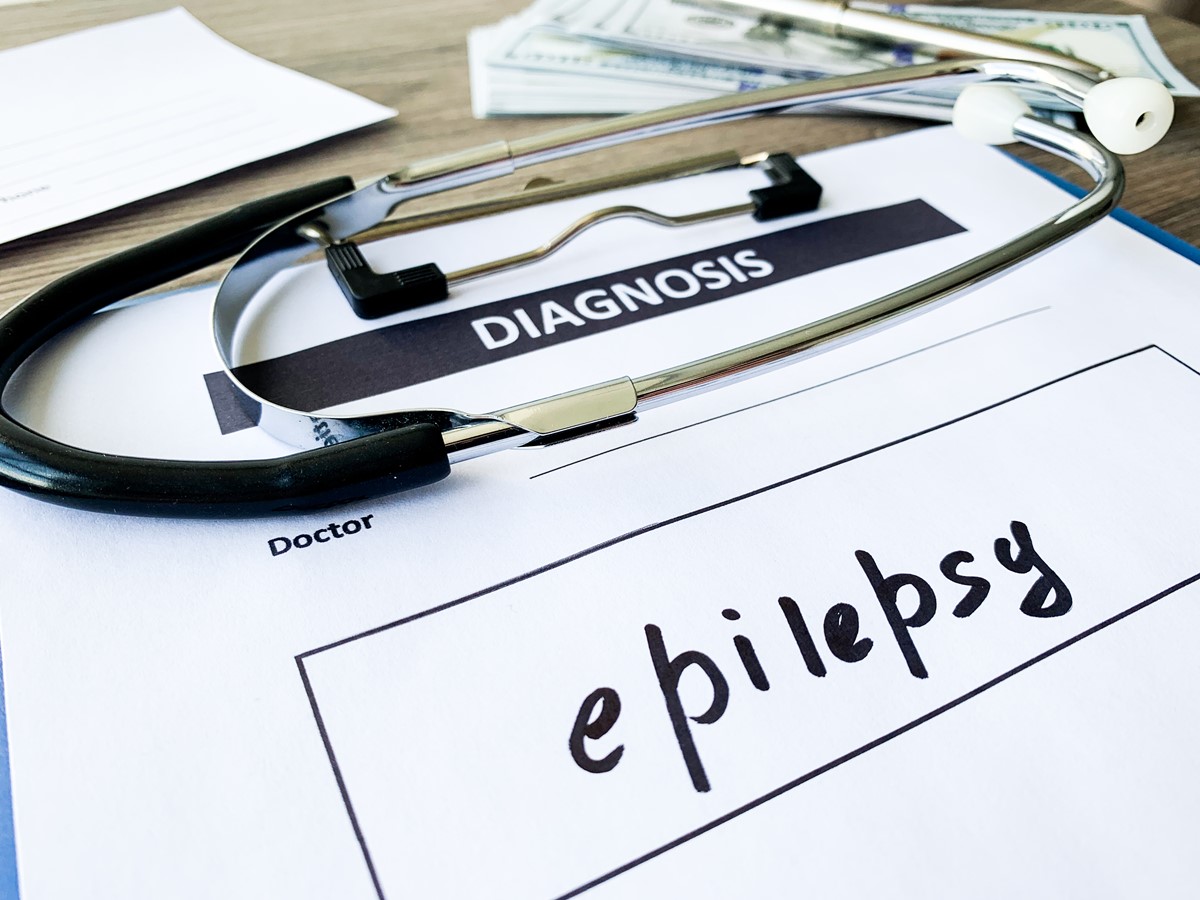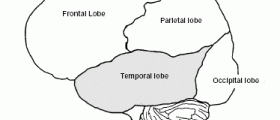Juvenile myoclonic epilepsy is a generalized form of epilepsy that mainly affects adolescents. With the right medication, these patients can live full lives largely unaffected by the condition. Getting the right diagnosis is essential.
An Overview of Juvenile Myoclonic Epilepsy
Juvenile myoclonic epilepsy is a primary generalized epilepsy syndrome that is idiopathic in nature. This means that the condition isn't caused by secondary issues such as strokes, head injuries, brain tumours, or infections but that the main cause behind the condition also remains unknown.
The condition affects mainly teenagers, although there have been cases where patients from 6 to 36 years of age have been diagnosed with this epilepsy syndrome. The peak age of incidence is between 12 and 18 years of age and it seems that juvenile myoclonic epilepsy occurs only slightly more commonly in females than in males.

Causes of Juvenile Myoclonic Epilepsy
Even though it is commonly accepted that juvenile myoclonic epilepsy is an inherited disorder, the exact mode of inheritance is not really clear. Only around 30 percent of patients diagnosed with the condition have a family history of epilepsy.
Risk Factors for Juvenile Myoclonic Epilepsy
The following risk factors may increase the risk that patients with juvenile myoclonic epilepsy will have seizures and convulsions:
- A lack of sleep.
- Using alcohol.
- Increased physical and psychological stressors.
- Not being compliant with medication used to manage epilepsy.
- Menstruation.
- Mornings are usually the time of day when seizures occur the most.
Juvenile Myoclonic Epilepsy: Clinical Presentation
Patients whi live with juvenile myoclonic epilepsy complain of experiencing myoclonic jerks (muscle fasciculations) that are irregular and brief and involve both sides of the body. It is this key symptom that led to the condition being categorized as a generalized epilepsy disorder. The most commonly affected areas in juvenile myoclonic epilepsy include the shoulders and arms but some patients may complain of jerking in the lower limbs, body, or head as well.
Up to 80 percent of patients with juvenile myoclonic epilepsy may complain of generalized tonic-clonic convulsions (rhythmic muscle contractions) and these also occur on both sides of the body.
Treatment for Juvenile Myoclonic Epilepsy
Several factors need to be considered when a doctor chooses an appropriate medication for patients who have been diagnosed with juvenile myoclonic epilepsy. These include the patient's sex, whether they have any other chronic conditions, if there are any preferences, and if there have been any adverse events experienced with certain medications.
There aren't any specific medications that have been approved for juvenile myoclonic epilepsy but the FDA has approved levitiracetam as an adjunct treatment for managing the condition. Divalproex has also been approved as an adjunct drug for patients with multiple seizure types, including generalized epilepsy types like juvenile myoclonic epilepsy.
- www.ncbi.nlm.nih.gov/pmc/articles/PMC3783741/
- Photo courtesy of SteadyHealth
















